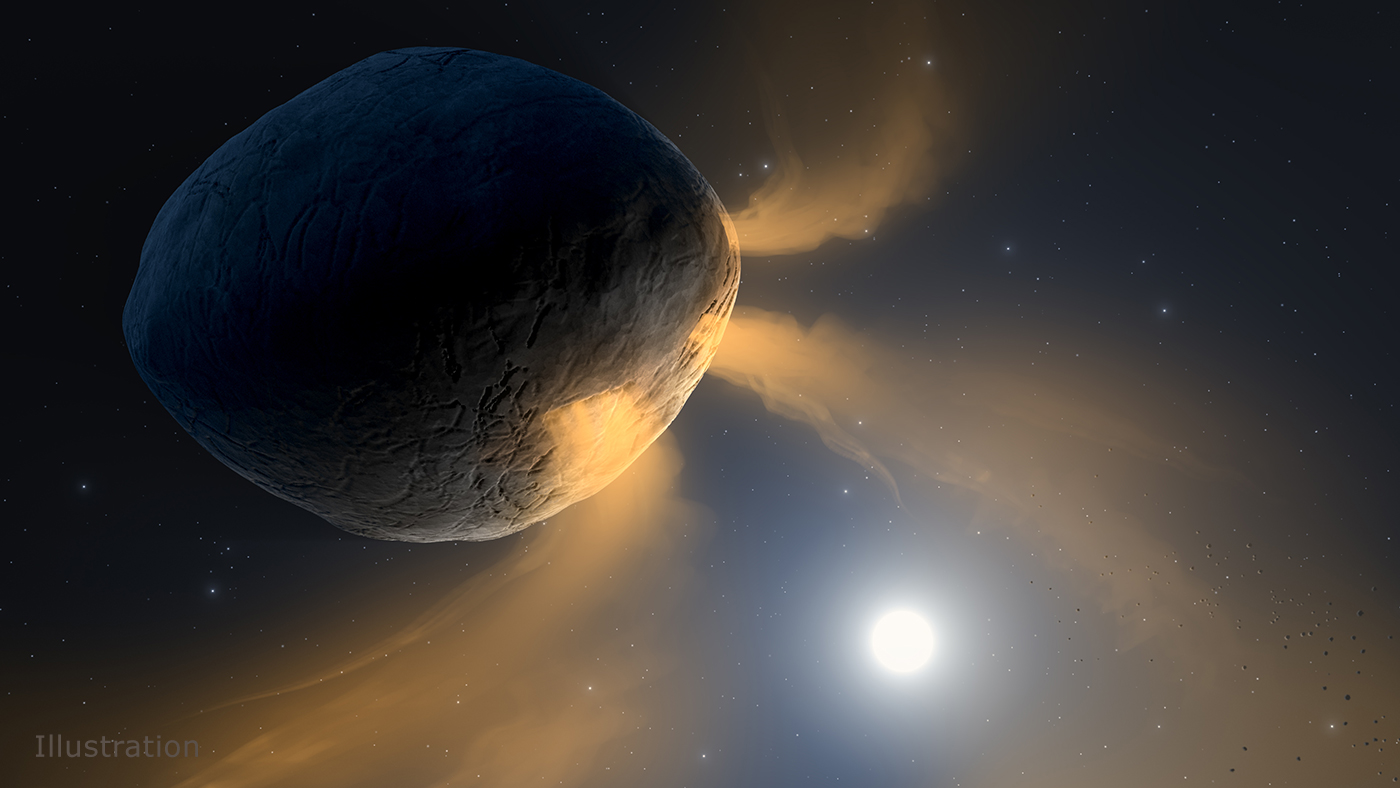Here's why near-Earth asteroid Phaethon got the bizarre blue color

A recent study may have found why the near-Earth asteroid (3200) Phaethon got the bizarre blue color. Known to be the source of the annual Geminid meteor shower, the asteroid has been a planetary science puzzle since its discovery in 1983.
The new study suggests that extreme heat and the preferential removal of certain molecules from Phaethon's surface could leave it blue.
Carey Lisse, a senior planetary scientist at the Johns Hopkins Applied Physics Laboratory (APL) in Laurel, Maryland, and study author and his colleague Jordan Steckloff, a planetary scientist at the Planetary Science Institute in Tucson, Arizona, created a model to estimate the temperature of Phaethon's surface at every point along its elongated orbit and calculate how much of each material on its surface vaporized along the way.
The researchers found that at the closest approach to the Sun, red organics and tiny bits of iron on the surface boil off before the hardier, rocky materials. Although some red color re-accumulates as the asteroid orbits out beyond Mars, it’s lost again as it approaches the Sun.
"It just seems wild to think that maybe Phaethon looks so blue because it gets so hot that it preferentially produces iron gas versus rock gas, but apparently that isn’t so crazy after all," Steckloff said.
Lisse suspects there’s even more to the asteroid's blue hue. "It’s possible that you’re maybe even leaving behind carbon residue that has been baked to soot,” which has a blue hue to it, he said in a statement.
Regardless, the researchers argue that this de-reddening process means potentially any small body could turn blue if it fell into an orbit like Phaethon's.
Their findings were published online in the journal Icarus.
The Japan Aerospace Exploration Agency's upcoming DESTINY+ mission will explore asteroid (3200) Phaethon and will investigate the composition, mass, velocity, and direction of arrival of the dusts from the near-Earth asteroid. The mission is scheduled to launch in 2024.










